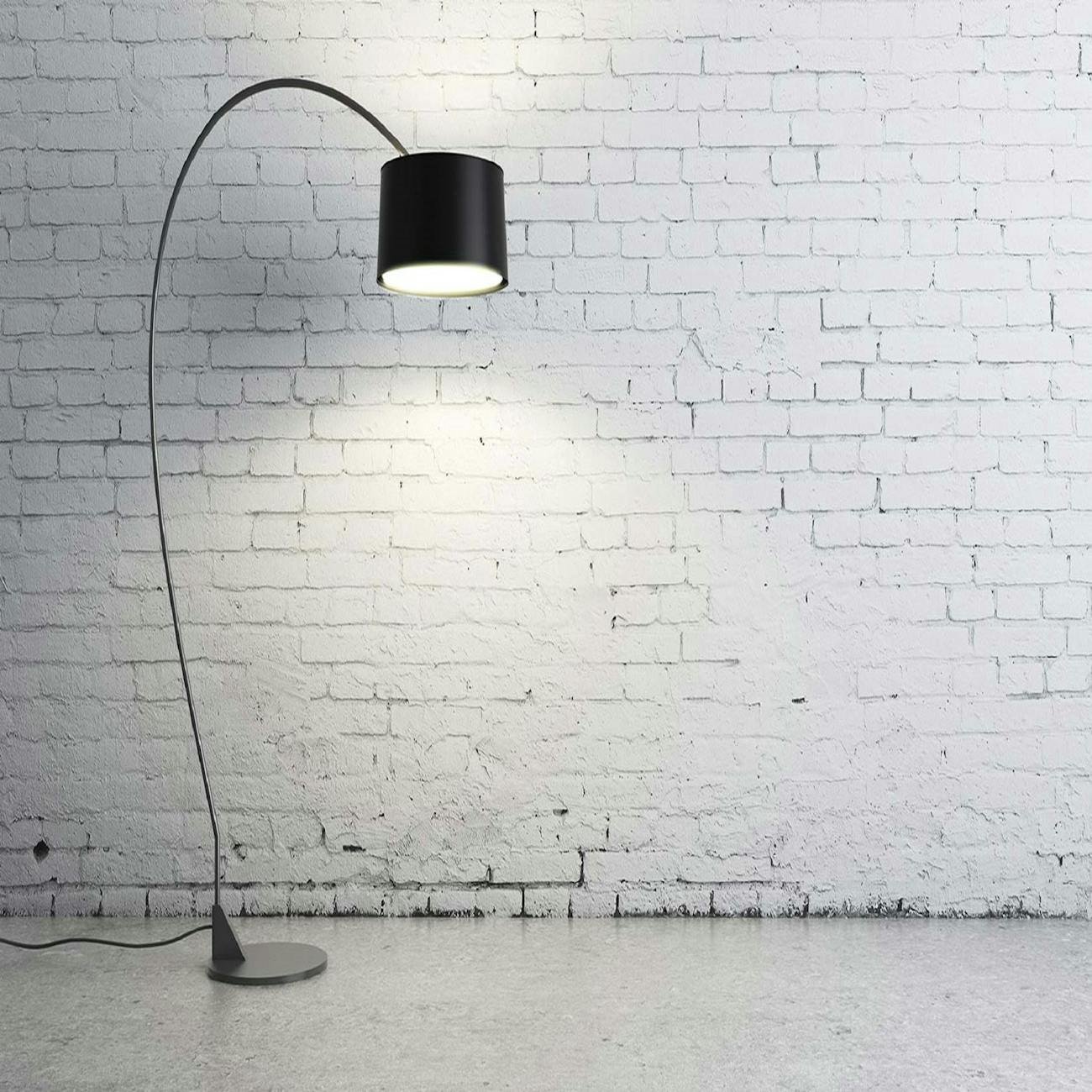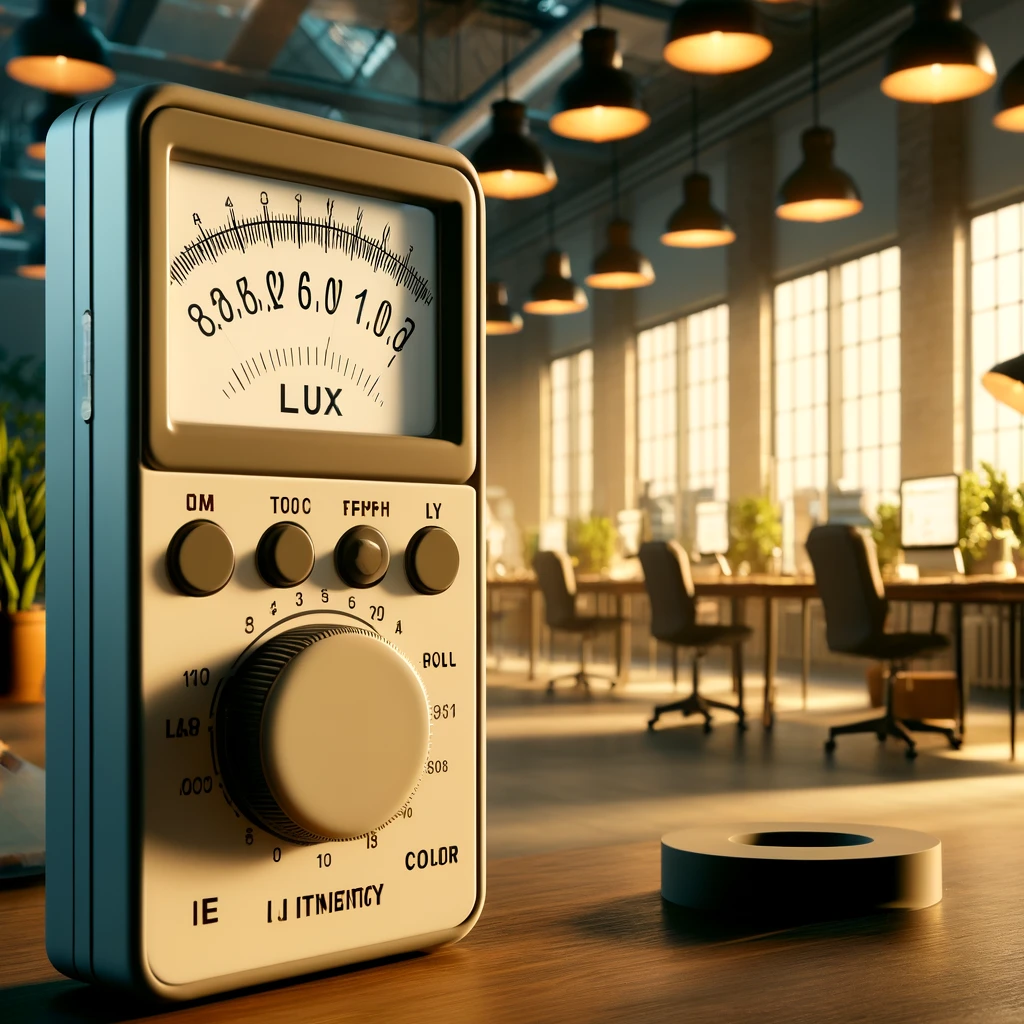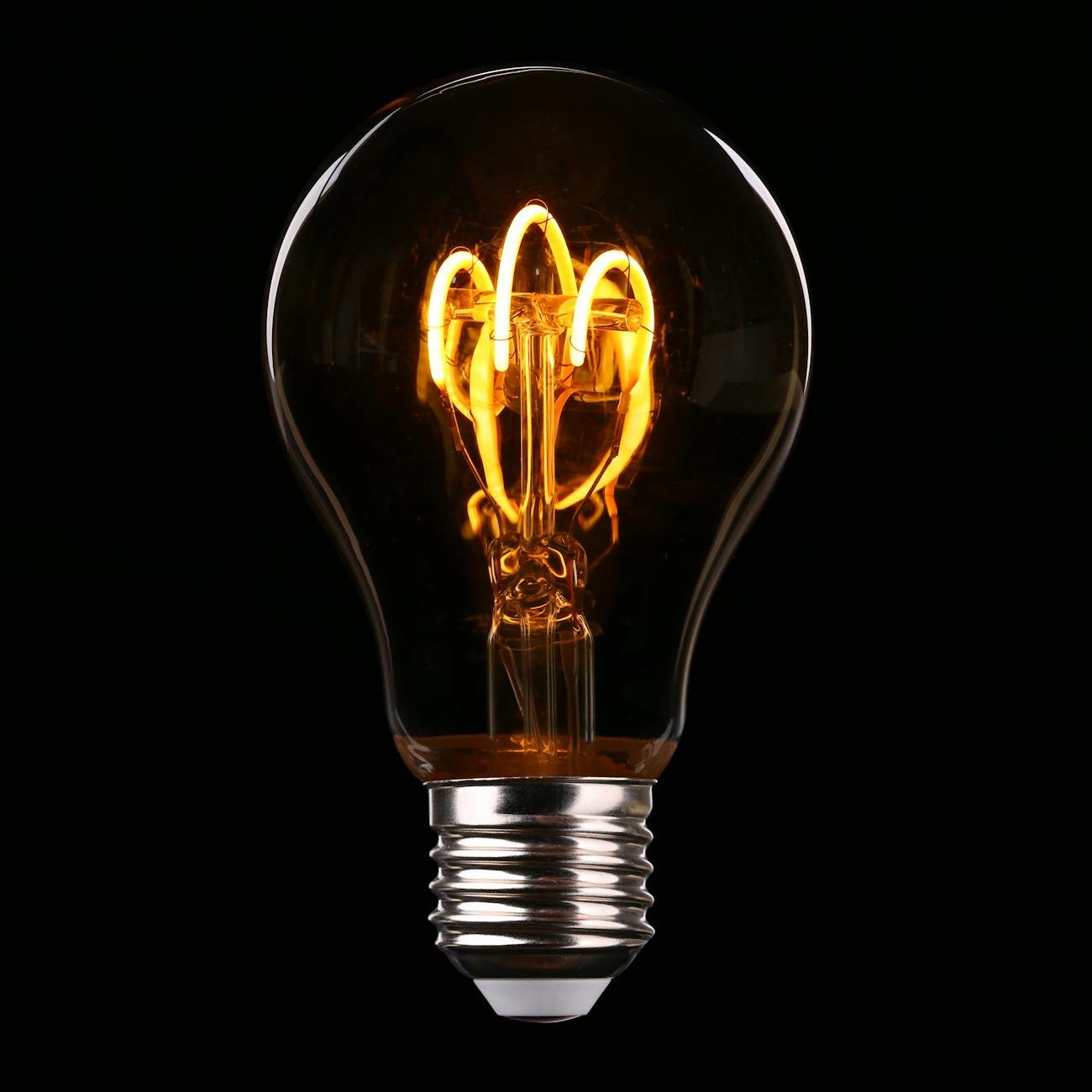Understanding Footcandle: A Key Construction Term
In the field of construction, ‘Footcandle’ is more than just an unusual term. This unit of illuminance is crucial for producing successful infrastructure.
Simply put, a footcandle measures the amount of light in a given space.
When we talk about footcandle in construction, it helps architects and engineers design buildings with optimal lighting. Energy efficiency and user comfort are key considerations in their designs.
Let’s examine this concept further, breaking down its practical applications.

Table of Contents
Foot-Candle: The Basics of Construction Illuminance Measurement
A foot-candle is a crucial concept in the field of construction, primarily when dealing with lighting design and illuminance.
But why is it called a foot-candle?
Today, we’re going to dissect this construction term and understand its implications in the construction industry.
Origins of the Term Foot-Candle
The term foot-candle combines two measurements: foot and candle. The name is derived from the English system of measurement where a foot denotes distance, and a candle represents the standard luminous intensity.
Foot
In this particular case, foot is used as it typically is in measuring lengths or distances. It’s a universal unit that allows for precise measurements during construction processes such as lighting.
Candle
The “candle” in foot-candle refers to a standardized unit of light intensity, originally defined as the amount of light put out by a single candle of specific size and composition. This measurement of light dates back to the ancient Egyptians who made the first use of candle power.
Modern Definition of Foot-Candle
Today, the foot-candle is a non-SI unit of illuminance or light intensity widely used in the United States and the UK. It is defined as ‘the illuminance cast on a surface by a one-candela source one foot away’ (Britannica).
This measures the amount of light that reaches a given surface – crucial when planning for adequate lighting in construction projects.

Why is the Foot-Candle Important in Construction?
In construction, understanding foot-candles is imperative when designing and installing lighting fixtures.
Different areas require different levels of illuminance; for example, workspaces necessitate more light than hallways.
Understanding foot-candles can ensure the appropriate amount of light reaches each section of a building, creating optimal conditions for use and enhancing energy efficiency.
Key Applications in Construction:
- Commercial spaces: Different commercial buildings such as office spaces, restaurants, or warehouses require varying levels of light. Foot-candles help cater to the specific needs of each area.
- Residential Buildings: Proper use of foot-candles helps create conducive living environments in homes. It’s especially useful for optimizing lighting in kitchens, bedrooms, or living rooms.
- Outdoor Lighting: The concept of foot-candles extends beyond indoor spaces. It’s crucial for planning street lighting, parking lots, and other outdoor fixtures.
Understanding the foot-candle is an essential aspect of construction, particularly in lighting design. The term echoes an intricate balance between the scientific principles of light and the necessities of practical construction work.
By understanding the output of light in terms of foot-candles, professionals can effectively design and install appropriate lighting fixtures for both indoor and outdoor applications.

Lux: Another Crucial Measurement of Illuminance
While foot-candles play an important role in construction for measuring illuminance, especially in the English-speaking world, another unit of measure exists that’s more internationally standardized: Lux.
The concept of lux is equally central to understanding illuminance and originates from the metric system, making it more universally applicable.
Digging into Lux Measurement
The term “lux” comes from Latin, and its literal meaning is “light.” In technical terms, one lux is the amount of illumination provided when one lumen is evenly distributed over an area of one square meter. To put it more simply, lux measures the intensity of light that hits or passes through a surface.
International Recognition of Lux
Unlike foot-candles, lux is recognized globally as the primary unit of measure for illuminance. It is an SI unit, which makes it an accepted part of the International System of Units (ScienceDirect). This international recognition offers a high degree of universality in understanding and utilizing the measure.
Why Lux Matters in Construction
Similar to foot-candles, lux plays a vital role in the construction industry in setting up efficient and adequate lighting solutions. A comprehension of lux values aids in catering to the specific illuminance needs of diverse spaces, both interior and exterior.
Applications of Lux in Construction:
- Public Spaces: Knowledge of lux aids urban planning in terms of street lighting, parks, and other public spaces, ensuring safety and practicality.
- School Buildings: Schools, particularly in classrooms and study areas, require a precise level of light for optimal learning conditions. Lux measurements assist in achieving this.
- Hospital Environments: In healthcare, controlling light levels can be critical. Different areas inside a hospital, such as operating rooms or patient wards, demand different lux levels.

Foot-Candles VS Lux: The Comparison
About the question of foot-candles versus lux, the difference mainly lies in the measurement system they belong to. A foot-candle is defined as ‘the illuminance cast on a surface by a one-candela source one foot away,’ whereas lux is ‘the illuminance of one lumen per square meter.’
The specifics of their definitions give the two measurements a simple conversion, where 1 foot-candle equals approximately 10.764 lux (Illumenate).
Moreover, while foot-candles are predominantly used in the US and UK, lux enjoys global recognition, offering a more universal concept of illuminance.
Concluding Thoughts: Foot-Candles and Lux
Both foot-candles and lux stand as two vitally important measurements in the industry of construction, particularly when dealing with lighting design and illuminance.
By understanding both these units and their applications, construction professionals can effectively harness the power of light, promoting comfort, functionality, and energy efficiency across all types of spaces.

Understanding Candlepower in Illuminance
To fully grasp the contrast between foot-candles and other illuminance measurements, it’s critical to understand candlepower, which serves as a foundational measurement for illuminance concepts.
A Brief Explanation of Candlepower
Candlepower is an older way of measuring light intensity, initially used to quantify the light produced by a standard candle. One candlepower was equivalent to the amount of light generated from a pure spermaceti candle burning at exact rates (Britannica). Today, candlepower is more formally expressed as candela, an SI unit of luminous intensity.
Candlepower’s Transition to Candela
With advancements in technology and the evolution of international measurement standards, candlepower as a measurement has largely been phased out and replaced with the more accurate SI unit – candela. A single candela is approximately equal to the light output of a single candle, although this varies as per the precise scientific definition which considers the monochromatic radiation of frequency 540×1012 Hz, and radiant intensity in that direction of 1/683 watts per steradian (NIST).
Why is Understanding Candlepower Important?
In terms of illumination, understanding candlepower or candela can be essential. It is foundational to measuring light intensity and forms the basis for the calculation of foot-candles. Further, using candlepower, professionals can gauge the amount of light required in a space to provide optimum lighting conditions.
Applications of Candlepower:
- Automotive Lighting: The intensity of vehicle headlights, for instance, is often measured in candlepower, ensuring optimal and safe lighting on roads.
- Spotlighting: In lighting design such as stage or venue lighting, understanding candlepower helps to create the desired effects, highlighting specific spaces with intense light.
- Measurement Calibration: In many sectors, including construction, candlepower is used to calibrate other light measurements such as foot-candles and lux.

Difference Between Candlepower and Foot-candles
While both candlepower and foot-candles are used to measure light, they serve different functions and seem akin more to siblings than to identical twins in the illuminance family.
The Basics Revisited
To reiterate, candlepower is a measurement of light intensity at the source, now better known as candela. On the other hand, foot-candle is a measure of light received from the source, defined as ‘the illuminance cast on a surface by a one-candela source one foot away’.
In Practical Terms
Consider it this way: if you light a candle, its power – the amount of light it produces – is its candlepower (or, more appropriately, its candelas). Now, move a distance away from the candle and measure the light that reaches you – that’s your foot-candles.
Conclusion: Disclosure in Measuring Light
Understanding the subtleties between candlepower and foot-candles is essential for anyone working with light, be it in construction, lighting design, or a host of other industries. With this comprehension, one can plan for and achieve optimal light levels in any given context, producing both aesthetically pleasing and functionally efficient spaces.
The cornerstone to this understanding is the respect for candlepower – or candela – as the root from which these other measurements grow.
In light of this knowledge, it’s evident that the foot-candle plays a pivotal role in achieving well-lit and efficient spaces, from residential homes to commercial buildings and outdoor environments. By distinguishing the levels of illuminance required in different settings, we can help create environments fit for their purpose, enhancing not only functionality but also energy efficiency.
From our perspective, this blend of historical measurement and modern-day application truly underscores the importance of understanding the concept of foot-candle in the field of construction. It’s not just about numbers or units; it’s about making our living and working areas safer, more comfortable, and more sustainable. To conclude, the intricate concept of the foot-candle enlightens us, quite literally, on how the ancient Egyptians’ understanding of light illuminates how we illuminate our world today.






